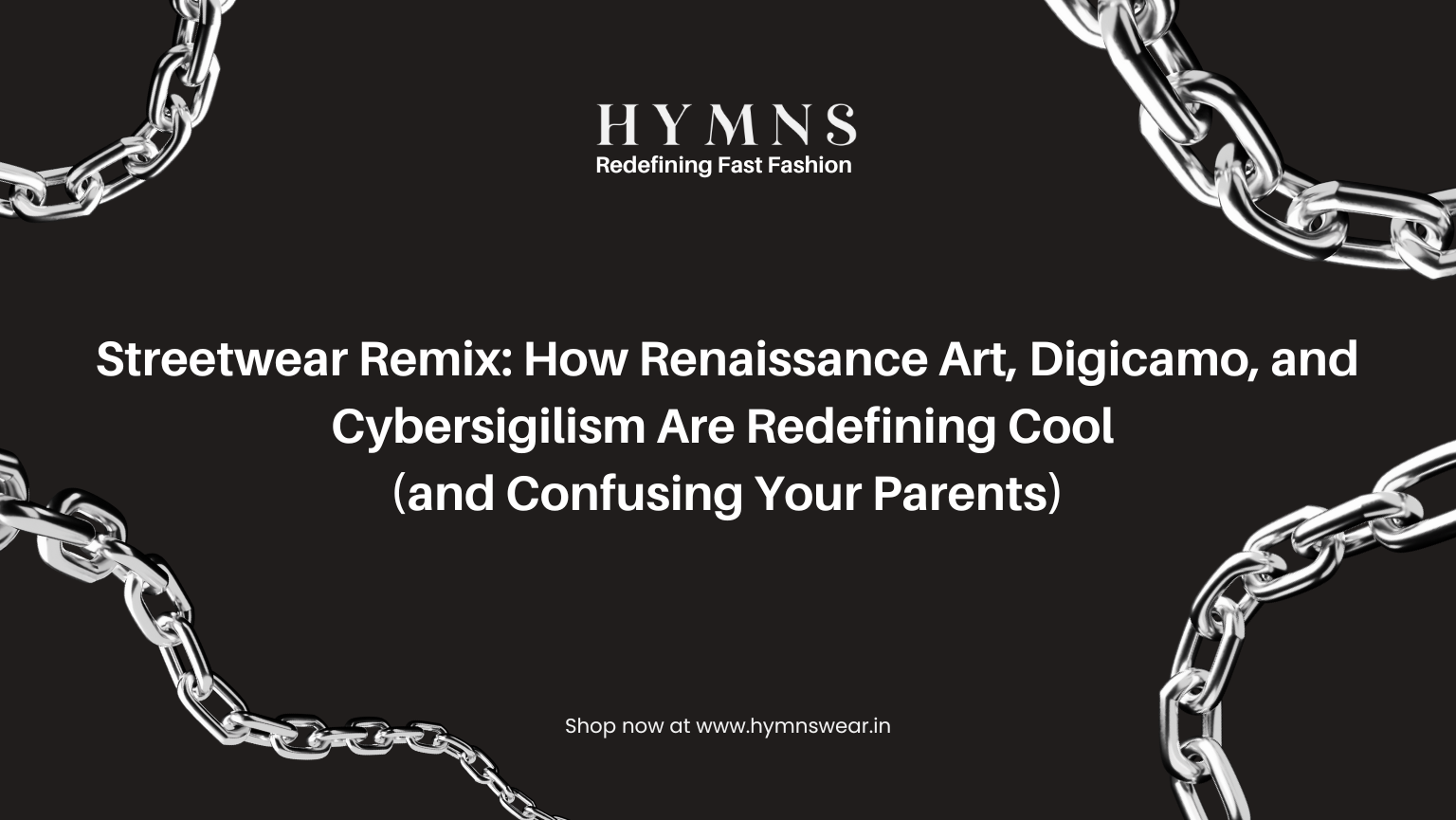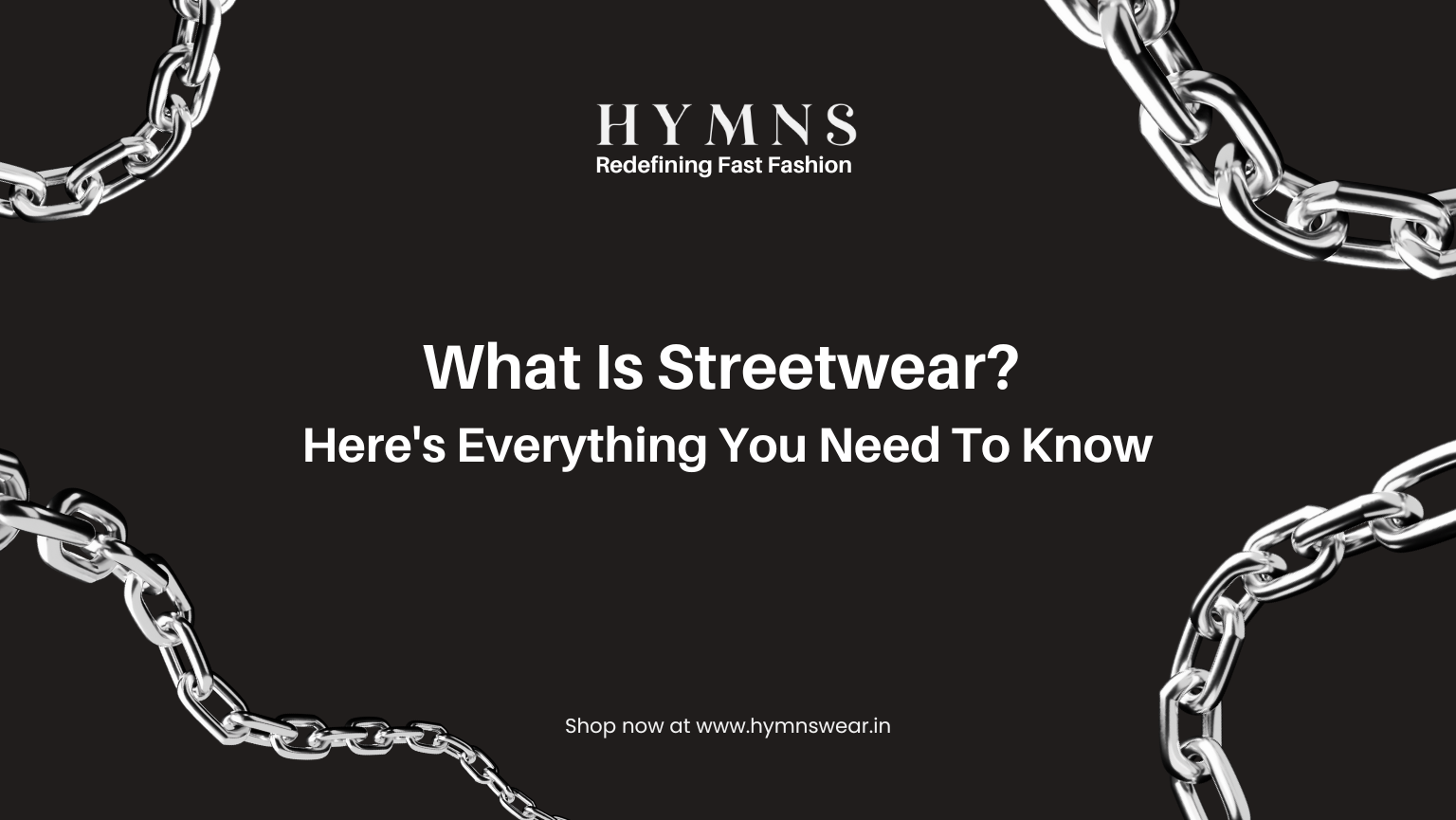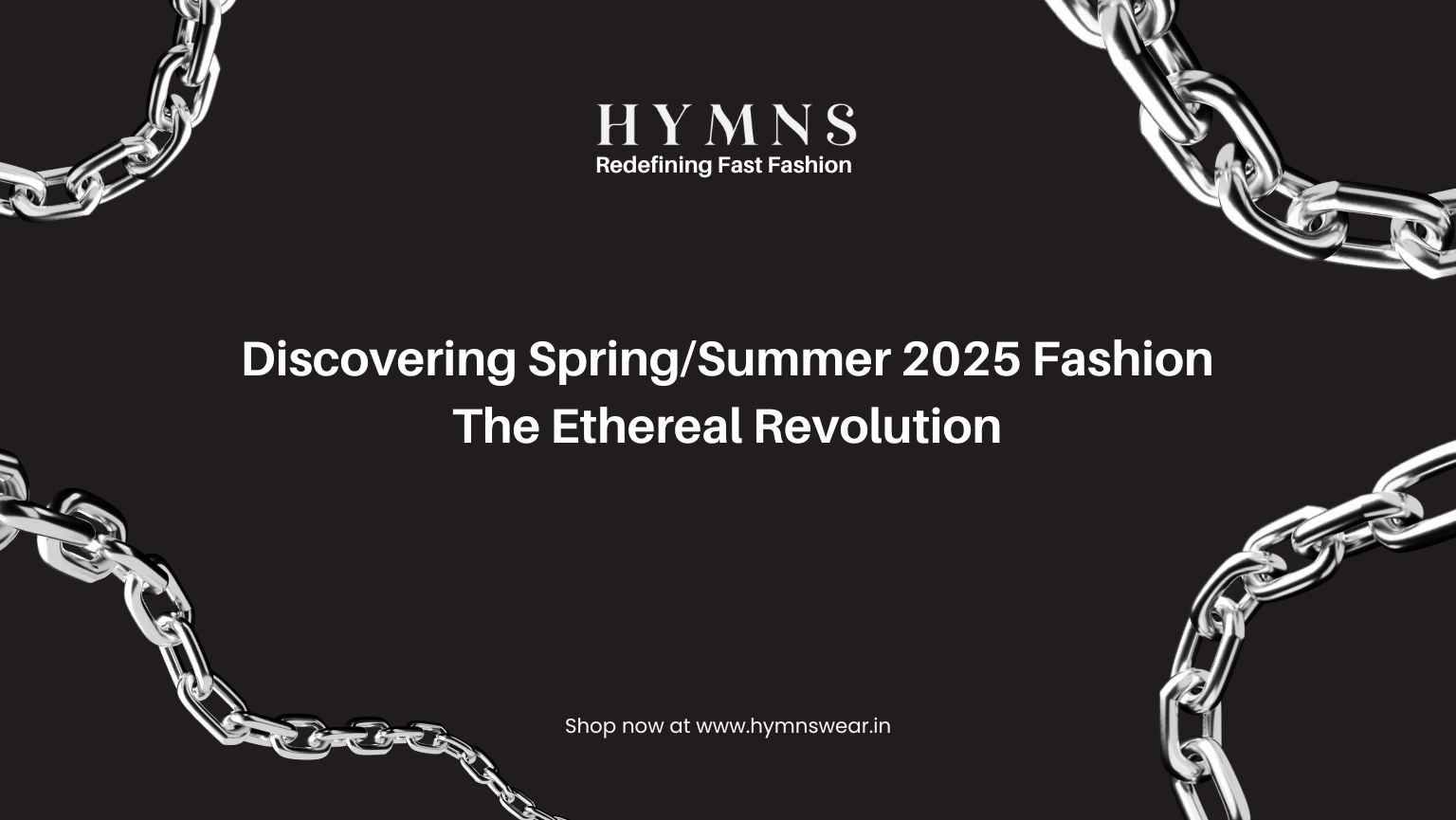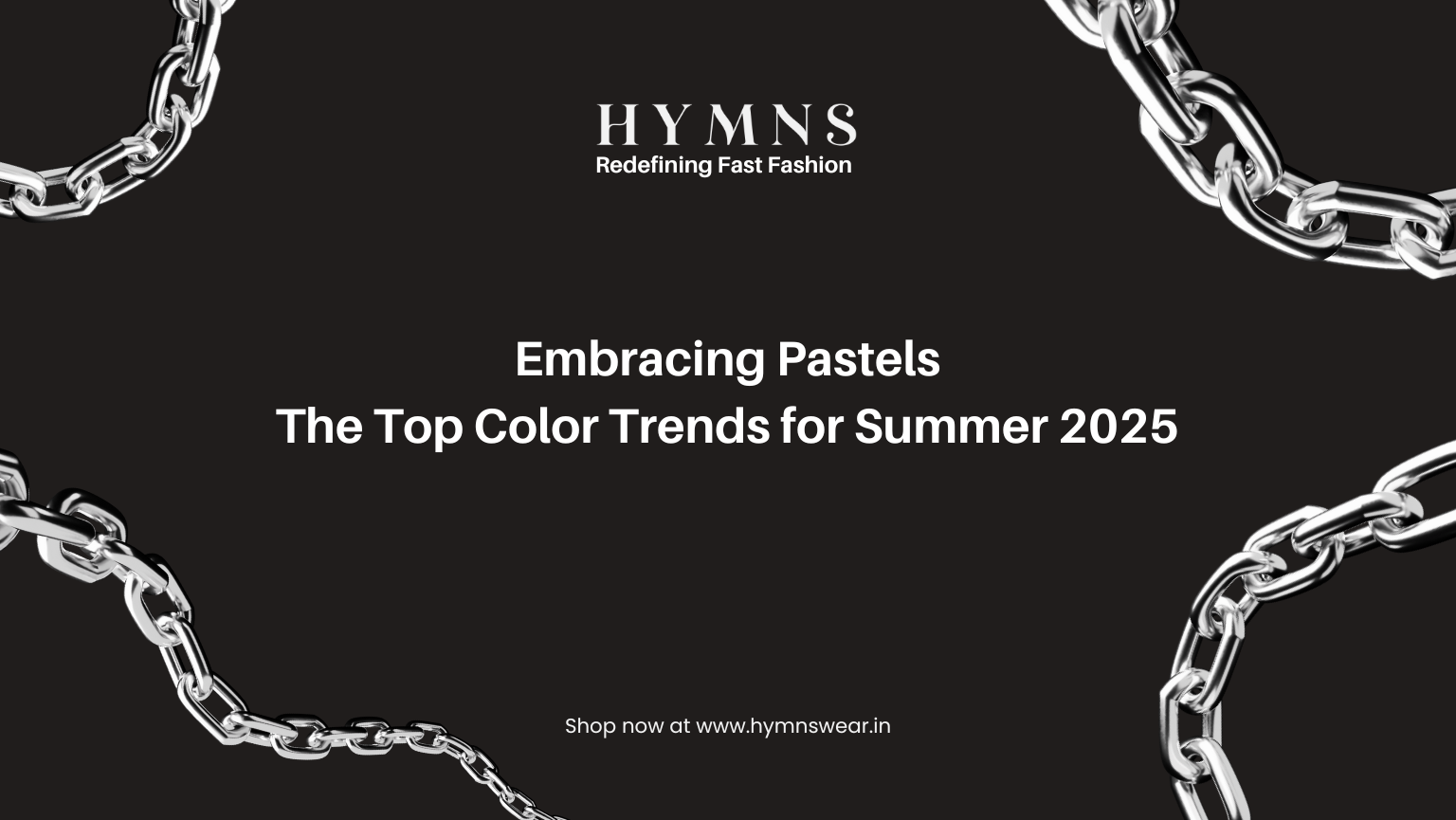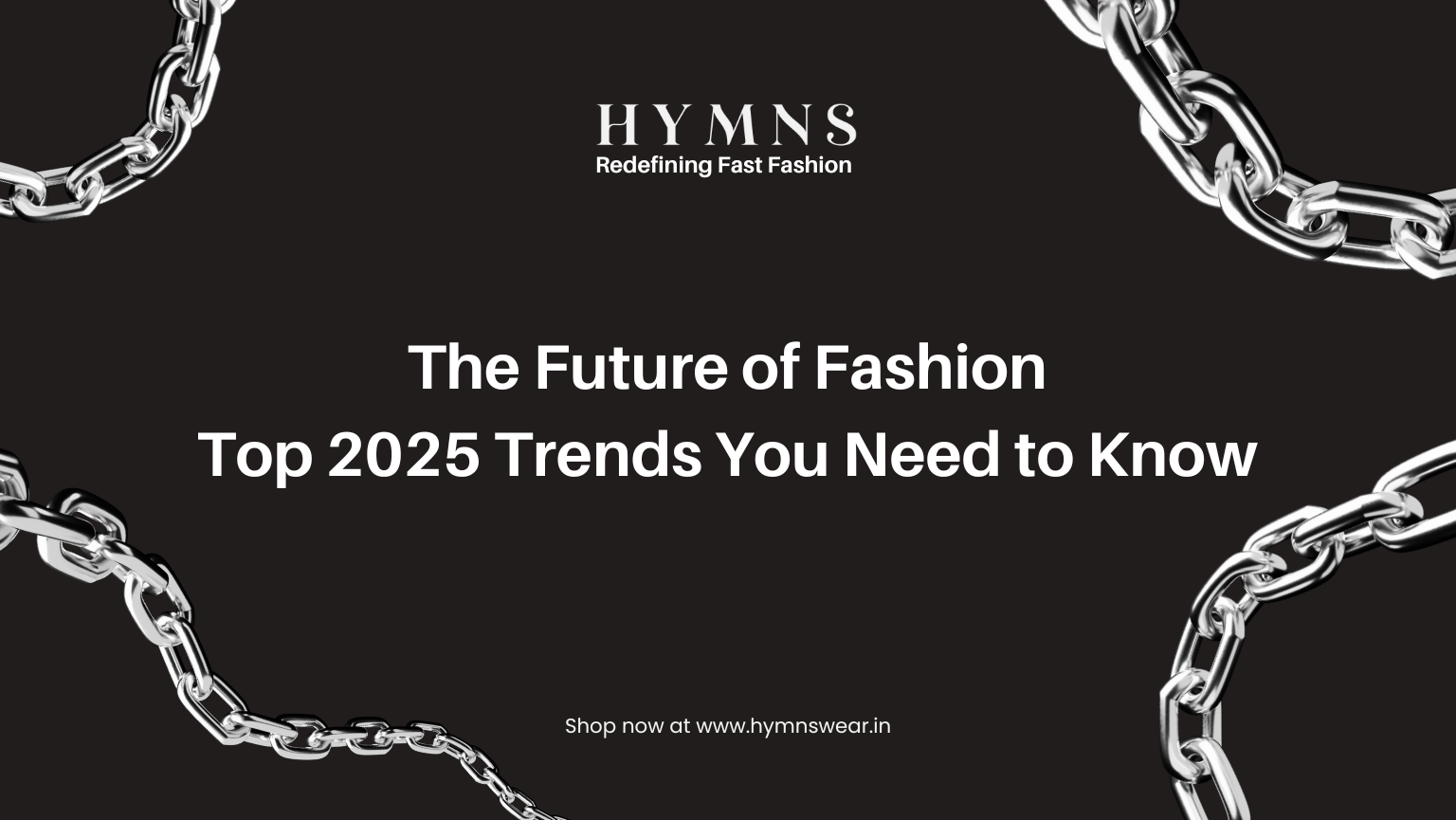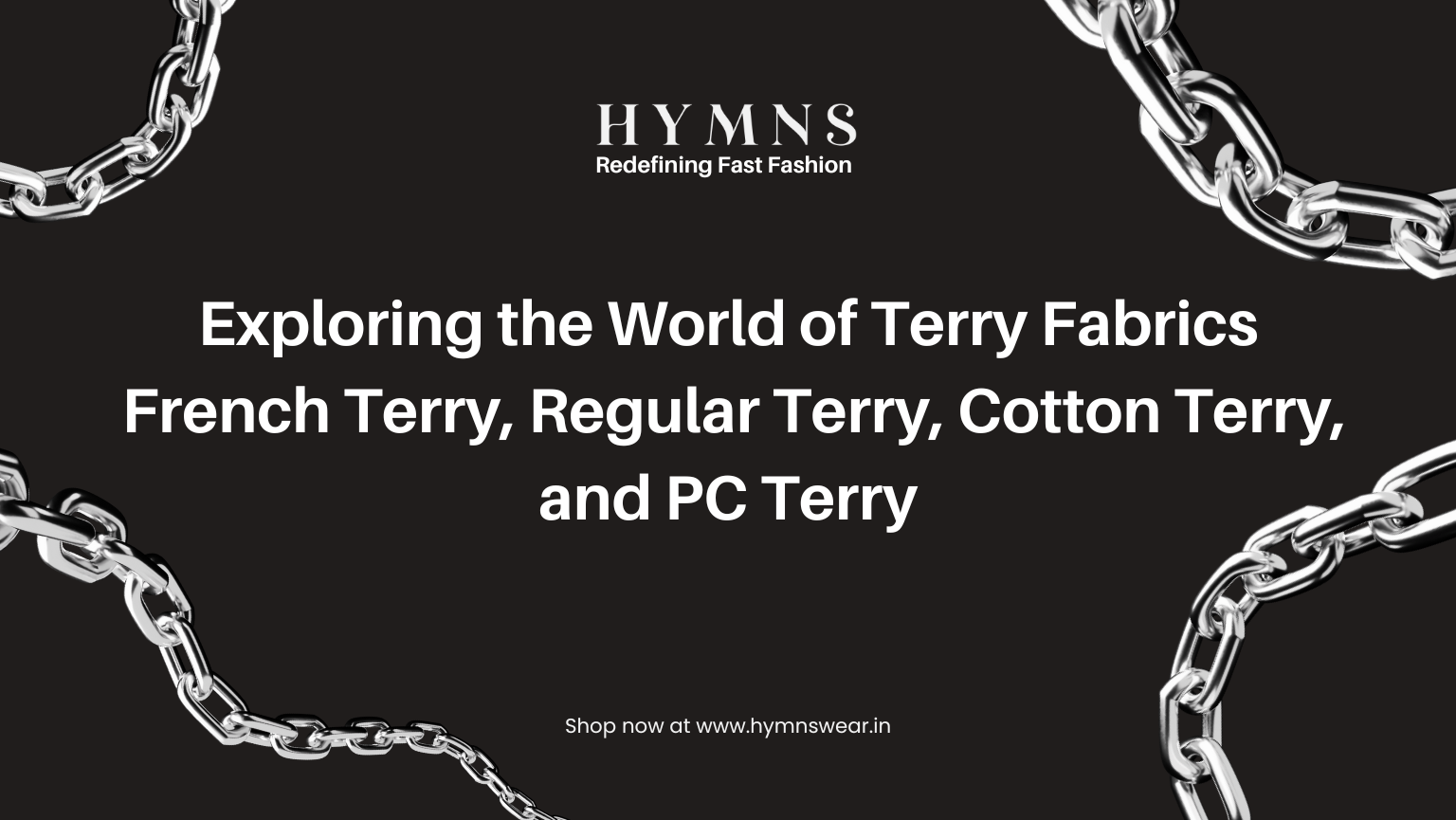Growing up in a small town, I never imagined that my love for fashion would lead me to starting my own brand. Yet here I am, exploring not just the aesthetics, but the intricate relationship we share with our clothes. Join me as I dissect both the beauty and challenges of modern fashion, from the cultural implications to the urgent need for sustainability.
The Cultural Significance of Fashion
As the founder of Hymns Wear, I often reflect on the cultural significance of fashion. It’s fascinating how something as simple as clothing can carry so much weight. Fashion is not just about fabric and style; it’s a form of personal identity. Think about it: what does your outfit say about you? Are you expressing your creativity, your beliefs, or perhaps your cultural background? I believe that fashion is a powerful medium through which we communicate who we are.
Fashion as a Form of Personal Identity
When I put on a piece from our collection, I feel a connection to my roots. Fashion allows us to express our individuality. It’s like a canvas where we paint our stories. Each choice we make—whether it’s a bold print or a classic silhouette—reflects our personality. Fashion signifies where we are from and showcases our individuality. It’s a way to tell the world, “This is me!”
- Fashion reflects personal beliefs and values.
- Clothing can signify social status or cultural affiliation.
- Our style choices can change as we evolve.
Have you ever noticed how your mood influences what you wear? Some days, I might choose something vibrant and fun, while on others, I might opt for something more subdued. This fluidity in our fashion choices mirrors our personal growth. It’s a dynamic relationship that evolves over time.
Cultural Stories Told Through Clothing
Fashion is also a storyteller. Each garment has a history, a narrative that connects us to our culture. For instance, traditional attire often tells stories of heritage and community. When I wear a piece inspired by my culture, I feel a sense of pride. It’s a reminder of where I come from and the values that shape me.
Clothing can symbolize significant cultural events or movements. Think about how certain styles emerged during pivotal moments in history. They reflect societal changes and the collective consciousness of a time. Fashion is a living archive of our cultural evolution.
Fashion's Role in Human Connection
Let’s not forget the role of fashion in fostering human connections. When we wear something that resonates with others, it creates a bond. I’ve had countless conversations sparked by a shared appreciation for a particular style or brand. Fashion can bring people together, transcending language and cultural barriers.
- Fashion promotes community and belonging.
- It can be a catalyst for conversations and connections.
- Shared fashion experiences can create lasting friendships.
In a world that often feels divided, fashion has the potential to unite us. It’s a common ground where we can celebrate our differences while finding similarities. We all wear clothes, after all. Isn’t it beautiful how something so simple can connect us on such a profound level?
As I navigate the fashion industry, I’m constantly reminded of its impact. Fashion touches every aspect of our life; it's not just about looking good, but about expressing who we are. It’s a reflection of our cultural heritage and societal changes. The choices we make in fashion often symbolize our personal beliefs and values.
In conclusion, I encourage everyone to embrace the stories their clothes tell. Let’s celebrate our individuality and the connections we forge through fashion. After all, every outfit is more than just fabric—it’s a piece of our identity, a thread in the tapestry of our lives.
Innovation and Sustainability in the Fashion Industry
As the owner of Hymns Wear, I often reflect on the profound impact the fashion industry has on our lives. It’s not just about looking good; it’s about connection, culture, and creativity. Yet, I can’t help but notice that the industry we love is in dire need of transformation. The truth is, fashion is one of the most polluting industries in the world. With a staggering value of over $2.4 trillion annually, it’s hard to ignore its influence. But how do we reconcile this with the urgent need for sustainability?
The Need for Technological Advancement
We live in an age where technology is advancing at lightning speed. So, why is the fashion industry lagging behind? The answer lies in our approach. We must embrace innovation. It’s not just about using new materials; it’s about rethinking our entire production process. For instance, imagine a world where clothing is made from recycled plastic or organic materials. This isn’t just a dream; it’s a necessity.
- Invest in sustainable materials: We need to prioritize fabrics that are eco-friendly and ethically sourced.
- Implement advanced production techniques: Automation and 3D printing can reduce waste significantly.
- Utilize data analytics: Understanding consumer behavior can help reduce overproduction.
As I often say,
“We must push forward with innovation while being mindful of sustainability.”
This balance is crucial for the future of fashion.
Sustainability Misconceptions
Now, let’s talk about sustainability. It’s a buzzword we hear everywhere, but what does it really mean? Many people think it’s just about using organic cotton or recycling old clothes. But it’s much more complex. There are misconceptions that can lead us astray.
For instance, some believe that buying second-hand is always the best option. While it’s a step in the right direction, we must also consider the carbon footprint of shipping those items across the globe. It’s a tangled web of choices. We often face difficult decisions, like whether to innovate with recycled materials or revert to slow fashion practices that emphasize craftsmanship.
So, how do we navigate this? It’s about being informed and making conscious choices. We need to ask ourselves: What impact does my purchase have on the environment? Is there a better alternative?
Exploring Different Production Methods
As I dive deeper into the world of fashion, I find myself fascinated by the various production methods available. Each method has its pros and cons, and understanding them is key to making sustainable choices.
- Fast fashion: While it offers trendy items at low prices, it comes at a high environmental cost.
- Slow fashion: This approach focuses on quality over quantity, but it can be more expensive.
-
Artisan craftsmanship: Supporting local artisans not only helps communities but also reduces carbon footprints.
It’s essential to explore these methods and find a balance that works for both the planet and our wallets. The relationship we have with fashion is dynamic, reflecting our personal growth and changing identities over time.
In my journey, I’ve realized that fashion is more than just clothing. It’s a form of self-expression and a way to connect with others. As we move forward, let’s remember that our choices matter. The future of fashion should embody sustainability and creativity, making these values the standard rather than just marketing tactics.
So, as we navigate this complex landscape, let’s keep the conversation going. What innovative ideas do you have? How can we push the boundaries of fashion while being mindful of our planet? Together, we can create a more sustainable future for the industry we love.
Emotional Connection to Personal Style
As the owner of Hymns Wear, I often reflect on the deep emotional ties we have with our clothing. Each piece we wear carries a story, a memory, or a feeling. Have you ever thought about the moments that shaped your style? It’s fascinating how clothing can serve as a marker for significant life events.
Memorable Moments Associated with Clothing
Think back to your favorite outfit. Maybe it was a dress you wore to a wedding or a suit for a job interview. Those garments are more than just fabric; they are intertwined with our experiences. They remind us of laughter, tears, and milestones. For instance, I remember wearing a particular jacket on my first date. The excitement I felt that day is forever linked to that piece of clothing.
- Clothing often signifies important life events.
- Each outfit can evoke specific memories.
- Fashion choices can reflect our emotional states.
When we think about it, our wardrobes are like a scrapbook of our lives. Each item tells a story. This emotional connection is what makes fashion so powerful. It’s not just about looking good; it’s about feeling good and remembering who we are.
The Nostalgia of Past Fashion Trends
Nostalgia plays a huge role in our relationship with fashion. Remember the trends from your childhood? Perhaps it was the oversized jeans or the colorful windbreakers. These styles often bring back fond memories. They remind us of simpler times, of carefree days spent with friends.
Fashion trends come and go, but the feelings they evoke can last a lifetime. When I see a vintage piece from the 90s, I can’t help but smile. It takes me back to a time when life felt a bit more innocent. This nostalgia is a powerful force. It connects us to our past and shapes our present style choices.
Personal Expression Through Style Choices
Fashion is a form of personal expression. What we wear speaks volumes about who we are. It’s our way of communicating without words. Each outfit is a canvas, showcasing our personality, beliefs, and mood. I often encourage others to embrace their unique style. After all, why blend in when you can stand out?
When I design for Hymns Wear, I think about how each piece can empower individuals to express themselves. The right outfit can boost confidence and inspire creativity. It’s amazing how a simple change in wardrobe can alter our mindset. Have you ever noticed how wearing something you love can brighten your day?
"Fashion and the purchase of apparel is often an emotional decision."
This quote resonates with me deeply. Our choices in fashion are often driven by emotions. Whether we’re dressing for a special occasion or simply choosing what to wear on a Tuesday, our feelings influence our decisions. It’s essential to recognize this emotional aspect of fashion.
In conclusion, our clothing choices are more than just practical decisions. They are intertwined with our memories, nostalgia, and self-expression. Each piece we wear tells a story, reflecting who we are and where we’ve been. So, the next time you put on an outfit, take a moment to appreciate the emotional journey it represents. After all, what we wear truly tells our personal story.
The Path Forward: Towards Ethical Fashion
As the owner of Hymns Wear, I often find myself reflecting on the future of fashion. It’s a world that’s constantly evolving, yet we stand at a pivotal moment. We are on the cusp of a new era where sustainable and ethical practices become the norm in fashion, rather than the exception. But how do we get there? Let’s explore the path forward together.
Encouraging Conscious Consumption
First and foremost, we need to encourage conscious consumption. What does that mean? It means being aware of what we buy and how it affects the world around us. Every piece of clothing we choose tells a story. It reflects our values and our impact on the environment. When we buy less but choose wisely, we contribute to a more sustainable future.
Think about it: do we really need that extra shirt or pair of shoes? Often, we buy out of habit or impulse. By shifting our mindset, we can make choices that align with our values. This is where we, as consumers, hold the power. Each purchase can support ethical brands, like Hymns Wear, that prioritize sustainability.
The Role of Entrepreneurs in Reshaping the Industry
Now, let’s talk about the role of entrepreneurs. They are the innovators, the disruptors. They have the potential to reshape the fashion industry. I firmly believe that
"The future of fashion will be built through disruptive entrepreneurship."
Entrepreneurs are not just creating products; they are crafting solutions to the problems we face in the industry.
At Hymns Wear, we strive to lead by example. We focus on sustainable materials and ethical production methods. But it’s not just about us. It’s about fostering a community of like-minded individuals who are willing to challenge the status quo. By supporting local businesses, we can drive innovation and create a ripple effect of positive change.
Engaging in Community and Local Production
Engaging in community and local production is another crucial step. When we support local artisans and small businesses, we strengthen our communities. We create jobs and promote craftsmanship. This not only helps the economy but also reduces the environmental impact associated with long-distance shipping.
Imagine walking into a store and knowing that every item was made with care, by someone in your community. It’s a powerful thought. By prioritizing local production, we can create a fashion landscape that values people over profit. It’s about building relationships and fostering a sense of belonging.
Every individual can contribute to positive change in fashion. Whether it’s choosing to buy from ethical brands or advocating for sustainable practices, our actions matter. We all have a role to play in this transformation.
Conclusion
As we navigate the future of fashion, let’s remember that change starts with us. We have the power to shape the industry into one that values sustainability, creativity, and community. It’s not just about what we wear; it’s about the stories we tell and the lives we touch through our choices. I invite you to join me on this journey. Together, we can create a fashion world that reflects our values and aspirations. Let’s embrace this opportunity for change and make ethical fashion the standard, not the exception.


